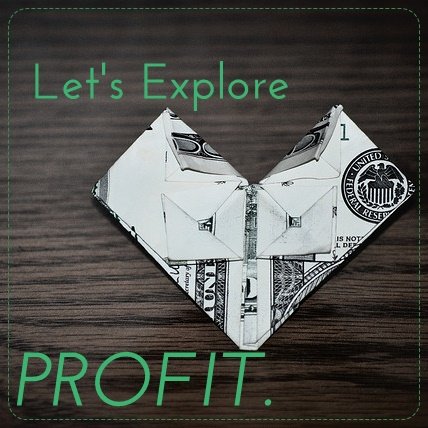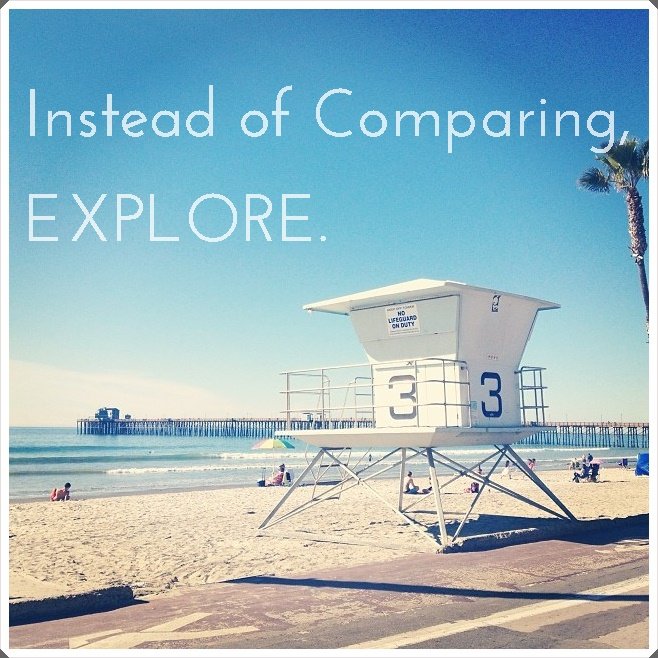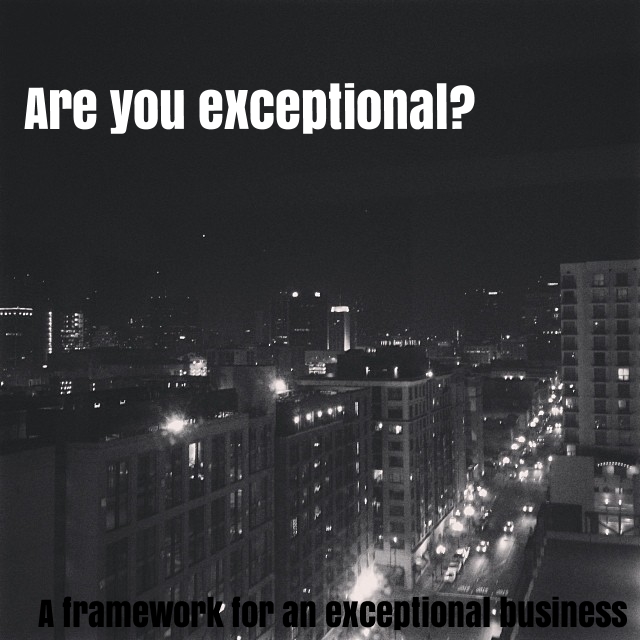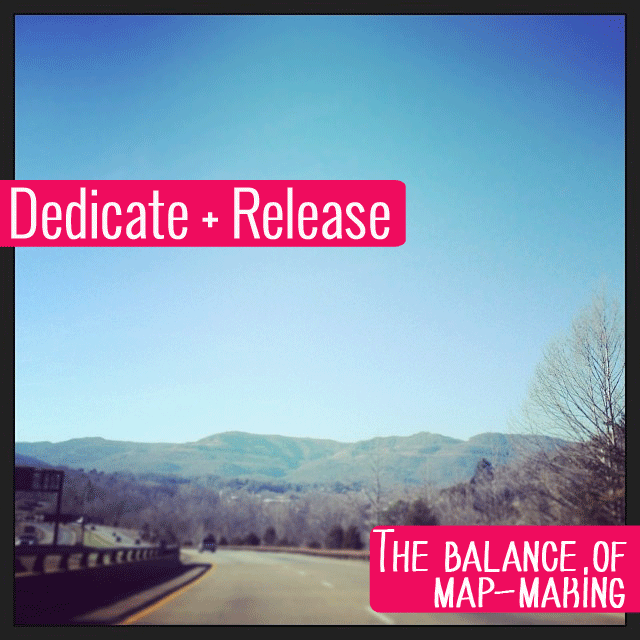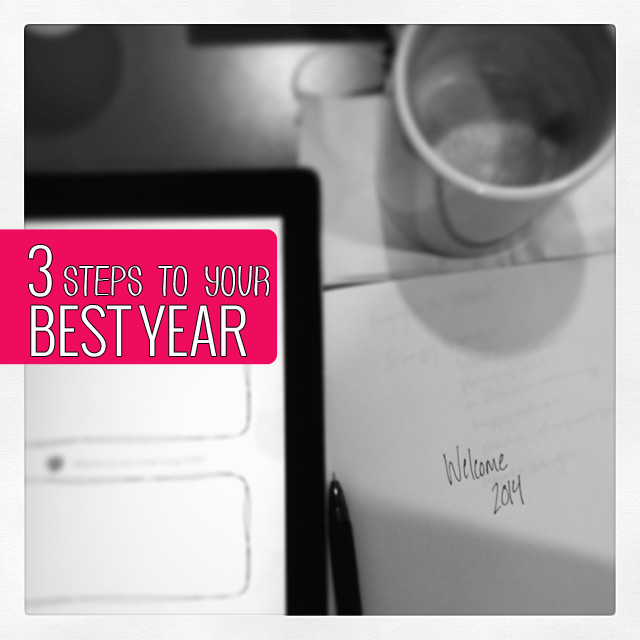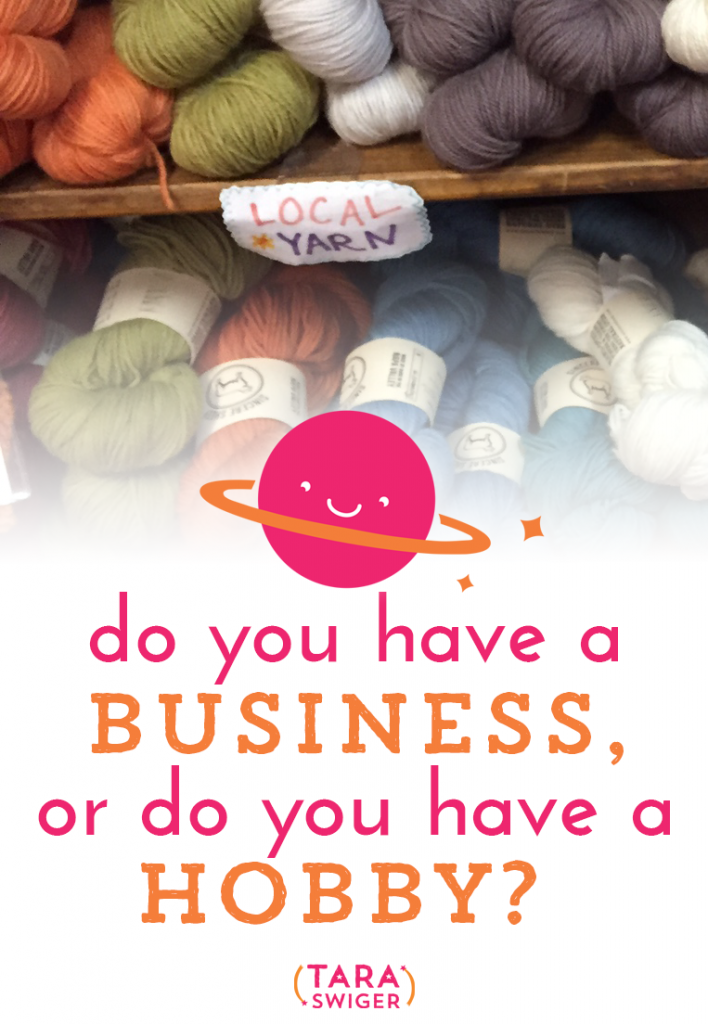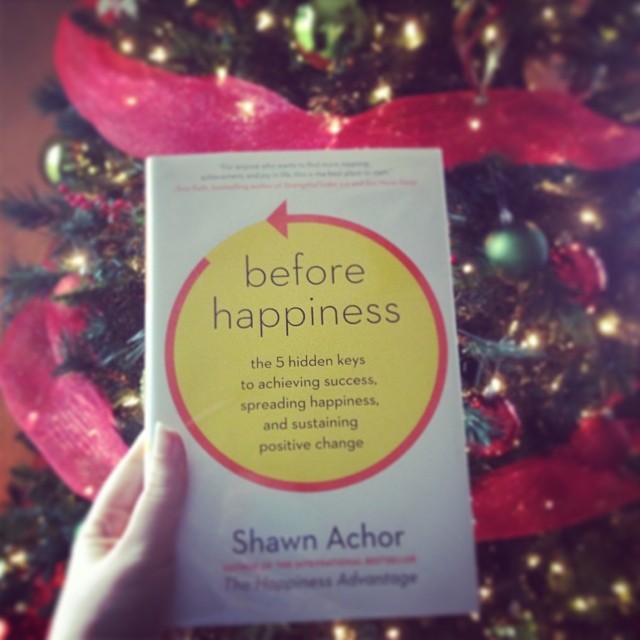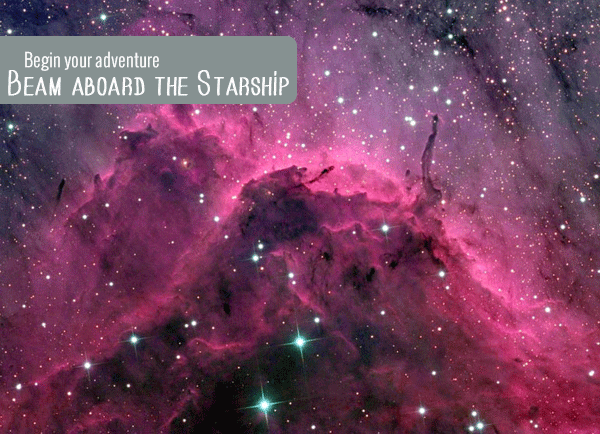
The Starship is now boarding!
You can read all about it here, but I wanted to fill you in on what I'm excited about!
The Starship only opens once a quarter*, in order to make sure everyone gets started from the same place (and to ensure that I have time to get to know everyone and their business).
*To keep it small + personal (other Captains connect, collaborate and befriend each other) only 12 new Captains will beam up this quarter (to join the 40 who are already aboard). After that, boarding closes until March!
You see, the Starship is a place for weekly accountability, monthly review and anytime-you-want-it question-asking…but I've learned over the last 3 years (!) that it's not enough to have resources, you have to know where and how you want to use them. Unless you start with a plan and intention, all the resources can overwhelm you. So I've built in plan-making, intention-setting rituals + resources, so that you will use what you bought.
Here's how you'll make that plan:
1. Get oriented in the Starship.
With a quick email series, you'll learn how to navigate the resources available to you. You'll also learn how to make a Clear Ask, so that you get the help you need (I use this in all my communication!)
2. Get oriented in your own business.
It's vital to know where your business is, right now. (Not just where you want it to be, or where you think it “should” be). We'll do this by starting the Chart Your Stars Guide, on December 27th. And to make sure you get the most out of it, you'll get a brand new e-course (with 6-7 lessons) to help you find your North Star, make your own Star Map for navigating your dreams, and setting Destinations that actually matter to you.
3. Make each dream do-able.
On January 6th we'll start Map Making. With a 6 day e-course and a dedicated forums, you'll identify your next Destination (for the next 3 months) and break it down into do-able To Dos. This is where everything you dream about doing because practical.
4. Learn how you best work.
After you've got your do-able To Dos…you actually have to do them. Through forum posts and weekly check-ins and monthly reviews you'll identify how you best get work done, and we'll help un-stick you when you get stuck.
5. Stay on track.
Every month you look back and review your Adventure so far in a super-quick Reassesment Log. You can see where you swerved and what you learned. We're there to cheer on every mile marker you reach!
After 3 months, every quarter, we start again with Map Making and review – so that you're always moving forward, always identifying the next Destination and going after it with the freshest information on your very own business. (This way we avoid the I forgot about my New Year's Resolutions! problem.)
Along with this cycle of review + doing, we also have one live class a quarter (you have immediate access to over a dozen downloadable classes.) In a live class, everyone (who wants to) takes the same class in the same week, completes homework and gets their questions answered.
The classes this year are:
Pay Yourself: 6 brand-new video lessons + apply-it-now worksheets on finding the profit in your current business and paying yourself (finally).
Craft Your Customer Path: Identify and create the path your customer will take to buying your goods. We'll talk about effective email newsletters, social media, and systematizing it all, while building relationships and loyalty.
Explore You: Figure out how to apply what IS working in your business to what IS NOT.
Holiday Sanity! In Q4, we focus all our energy on making a great holiday season, in our business and in our lives
You don't need another thing to remember.
Have you ever bought an online class and then didn't know what to do or how to navigate the space or what happened when? I hate that! So I've built the entire process to come to you easily + simply.
That's why Starship Captains don't have to remember ANY of this. Everything I mentioned just comes to you. You don't have to remember to check a website, or log in, or anything. Every Wednesday I send an email with a mini-lesson, reminders about what we're doing (the Map Making, the classes), and an invitation to the weekly chat. So if you take a week (or month!) away, you have a chance to jump back in, every week.
Any questions?
PS. Every class, workbook, and Guide I've mentioned comes FREE with your Starship membership. You'll get access to absolutely everything I do (including exclusive access to one-on-one sessions) without having to buy a thing.
Image is from this article on different colored stars. Fascinating!

